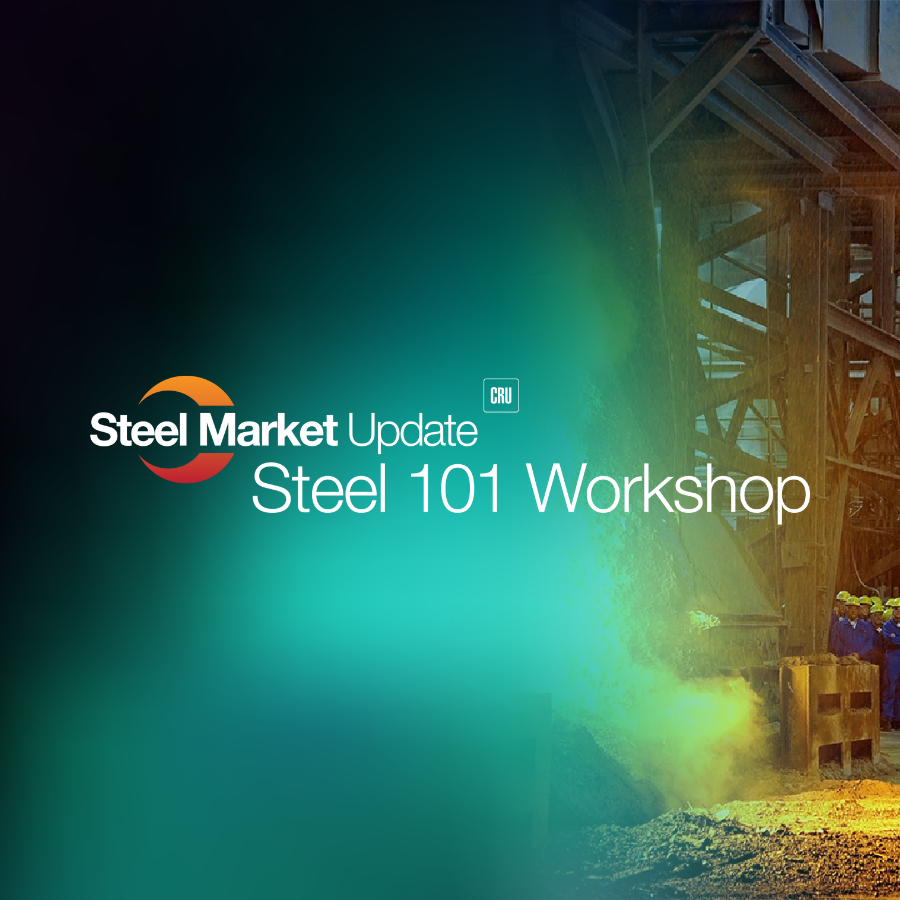With the USA and EU starting discussions on a new arrangement regulating steel trade between them, are we moving to a new level of managed trade involving self-contained bubbles?
Invitation to trade
The US and EU envisage formation of a new ‘Global Arrangement’ on steel trade that manages volumes using quotas and tariffs; and sets as-yet-undisclosed limits on CO2 intensity of the product as well as where that product was made (also see earlier CRU subscriber Insights – US and EU moving on from S232, but will still manage trade and S232 revision: win for US manufacturing). This club is open to additional members, but you need to be invited to join. The attraction of membership is access to the large volume, high value markets that the club contains. The cost of membership is the yielding of control over multiple business areas from the free market to the state. If such clubs proliferate, with different membership lists, other costs may arise. Membership of one club may preclude membership of – and market access to – others.
Overcapacity could be made worse…
One stated aim of the US-EU agreement is to reduce global overcapacity. The reasoning is that for producers outside the club, being blocked from its markets will drive them to cut “excess” capacity that their remaining markets cannot absorb. Is this a realistic expectation? Trade barriers beget trade barriers and those excluded from the club may elect to form their own clubs and/or throw up barriers around their own markets. The end state is sets of parallel trading bubbles but not obviously reduced global capacity. In fact, it may even drive the problem to get worse at the global level if each trading bubble builds its own supply chain.
…but the move may incentivise accelerated decarbonisation…
A more nuanced version of the US-EU aim is to limit capacity of excessively-polluting steel. Inclusion of a CO2 intensity metric in the arrangement’s conditions is designed to drive exclusion of steel volumes produced above acceptable maximum intensity. This is an interesting area. Volumes that are excluded from the club on this criterion may be harder to put into alternate clubs or protect in other ways. What country is going to want to promote the consumption of high-CO2 steel? In the shorter term it might be that relatively more supply and less demand for this kind of polluting steel would drive its price down, meaning that someone’s manufacturing sector would surely see an opportunity for cheap feedstock. But in the longer term, that kind of opportunism may become societally less and less acceptable. In turn, that would mean reduced demand for high-CO2 steel.
…and be an effective barrier against those that pollute more (which could include the EU)
With the US steel industry being relatively low-CO2 on the global scale, it is in the US interests to set a low maximum acceptable CO2 intensity for its club. Such a barrier would limit offshore competition for its industry – which does still include the higher-emitting BF/BOF route - and may also promote export opportunities from the US. For the EU, which positions itself as a global climate leader, this may be awkward. EU steel mills produce lower emissions than many of their global competitors, but the EU retains a large BF/BOF sector, especially for flat steel where it is over 90% of the installed capacity. Many of its mills could be locked out of their new club right from the start. As more EAF-based US steel capacity enters the market in the coming years they could, in addition, face a new source of competition in their domestic market. US EAFs would be unlikely to be unduly burdened by the EU’s CBAM, which can otherwise offer a level of protection to the EU industry. But all the big EU mills are working on decarbonisation programmes of one kind or another and in time, these may drive compliance with the new club rules.
Club prices might be volatile
There is a big question about the effectiveness of state control of trading systems and industries. In the matter of driving industries towards some key goal like decarbonisation, government mandates and targets can be valuable. But why do governments know best exactly what volumes of steel may enter their market? How does a system like this get effectively administered? How does it extend downstream? If a US-based manufacturing company wants to expand, does it need government approval of its steel purchasing strategy as part of the business case?
More practically, what could state-directed trade mean for steel prices? Given the administrative difficulties hinted above, it is not too difficult to imagine that there will be short term periods where approved market supply is too limited to keep up with rapid movements in demand. If quota volumes and CO2 limits are sufficiently loose to cope with any conceivable demand surge, then there is little point in imposing them; so we can assume they may prove limited at times of upward stress. Quota boundaries can be altered but probably not in real time, meaning tariffs are likely to be triggered at these times. This implies periods of upward steel price spikes inside the club. When demand is weak there is no compulsion for quotas to be filled. However, steel that is produced and traded within a club may have reduced possibilities for export outside that club if others have erected trade barriers of their own. This raises the possibility that trading clubs could also see periods of downward steel price collapses.

















